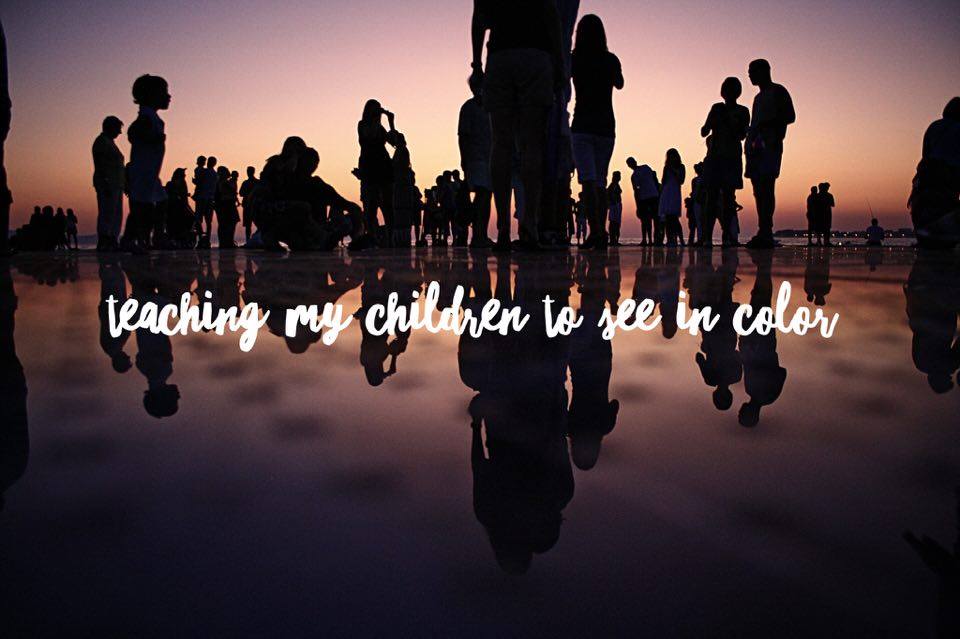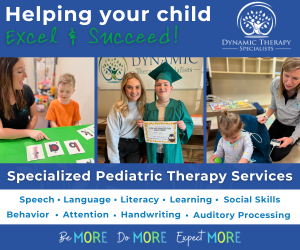“My children don’t notice color.”
This sentiment is repeated time and again, boldly and proudly. It’s touted as a great parenting goal, especially when racial tensions heat up. We don’t want our children to see the color of another person’s skin. We want them to see everyone as the same.
It’s a good goal. Admirable. It comes from a place of wanting our children to be inclusive and friendly to all people. And we certainly all want our children to treat others with respect and kindness.
But this particular sentiment is counter-intuitive. Seeing everyone as the same is different than seeing everyone as equal. Everyone is not the same. And what a boring world it would be if everyone were the same. Humans come with culture, traditions, and experiences shaped by history. Teaching our children to not see color – to instead see everyone as the same – undermines the experiences of people who are not just like us. It’s foolish and short-sighted to assume that history, even not-so-recent history, has no effect on who people are today. Most of history has been tragic and hard for people of color. This is not something that can or should be ignored as it is impossible to understand and love one another without first acknowledging their experiences.
As a white woman raising white children, what does it look like to teach my children to see in color?
It means when my then two-year-old noticed that the lady sitting across from us in a waiting room had “chocolate skin” (don’t read into it, her word for brown was chocolate) I didn’t shush her. Instead I exclaimed that yes, that lady does have dark skin, and isn’t she beautiful?! To shush her would be confusing. Growing up having every question about race shushed would send her a message that something is wrong with people of color. That is the last thing I want to teach her.
It means that I read historical books with my eight-year-old – and not just sweet white-washed stories painting the past as romantic. No, we read books about slavery and the Civil Rights movement. We discuss these hard truths and how they shape current events. We read books from and written about other world cultures, keeping a map close at hand. My hope is that she grows up with an awareness that her experience is not universal but is specific to her time and place. We listen to stories from others in their words, letting their voices teach us what it means to walk in their skin.
It means that we don’t always stay in our own mostly white and middle class community. We drive to a neighboring library and playground that is used by people who are economically and racially diverse, so that we can be around others who are different. Different and lovely and worthy and EQUAL. I want my young daughters to have conversations and play with children who are different from them, so they know differences aren’t to be feared.
I will freely admit that I am clumsy and fail often when it comes to teaching my children about others. These examples are not meant to be an exhaustive list of things to emulate or a solution to the problems our city and nation are facing. It’s barely even a start. I make mistakes. I struggle with how much my girls should know about recent events in our city. I realize that it’s a privilege for me to have the option to protect them from the ugly things in this world. I don’t pretend to know the solution or answers to our problems. What I do know is that children absolutely see color, and our children are watching us. Our actions and words will determine if our children learn fear and hate or compassion and love. The attitude they learn will impact the world in which they will raise our grandchildren. Though I’m far from perfect, I hope my children are seeing and learning love for all people.


















Excellent Sara! Love it.
This. Is. Awesome!
Thank you for being so bold!